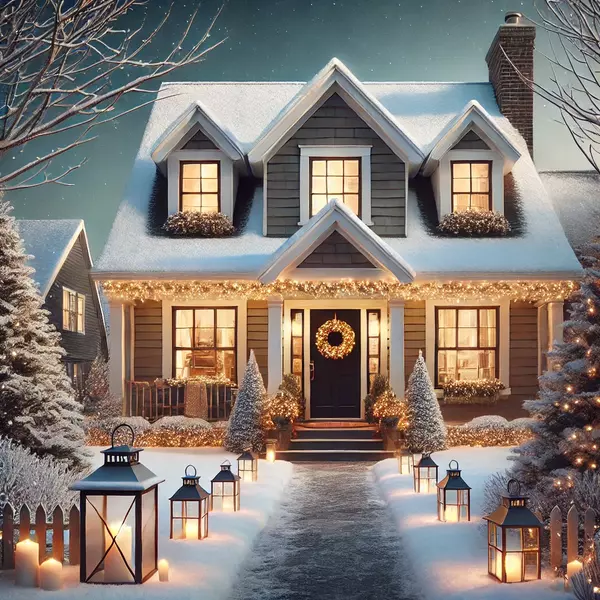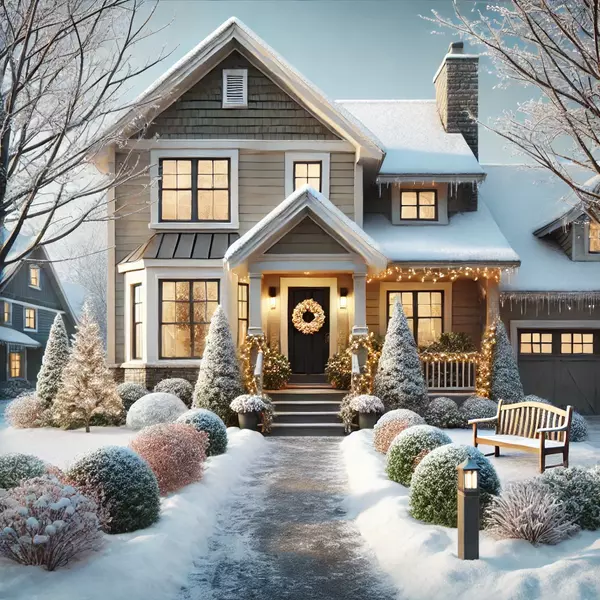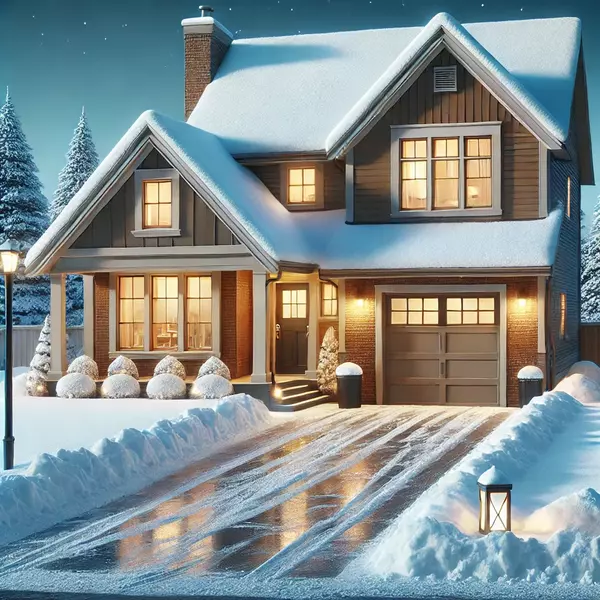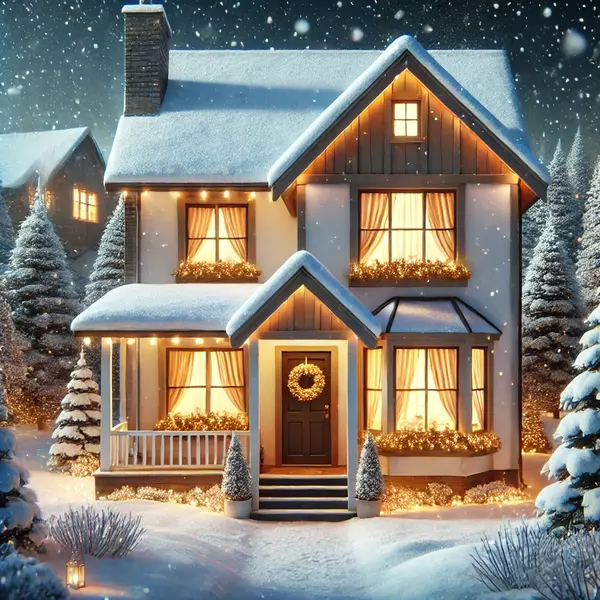What to Look for During a Home Inspection

Hello, future homeowners! Dustin Dodge here, your trusted real estate advisor in the Twin Cities and Western Wisconsin. Today, I’m diving into one of the most crucial steps in the home buying process: the home inspection. Whether you’re a first-time buyer or a seasoned homeowner, understanding what to look for during an inspection can save you a lot of time, money, and stress.
1. Structural Issues
The first thing an inspector will check is the structural integrity of the home. This includes the foundation, roof, walls, and framing. Look for cracks in the foundation, uneven floors, or sagging roof lines. Structural issues can be costly to repair, so it’s important to identify them early.
2. Electrical Systems
Electrical issues are not only inconvenient but can also be dangerous. Inspectors will look at the electrical panel, wiring, outlets, and light fixtures. They check for outdated wiring, overloaded circuits, and ensure everything is up to code. Faulty electrical systems can pose a fire hazard and should be addressed immediately.
3. Plumbing Problems
A thorough inspection of the plumbing system is essential. This includes checking pipes, water heaters, and fixtures for leaks, corrosion, and adequate water pressure. Inspectors will also look at the sewage system to ensure it’s functioning properly. Plumbing repairs can be expensive, so it’s vital to catch any issues early.
4. HVAC System
Your heating, ventilation, and air conditioning (HVAC) system is another key area of focus. Inspectors will check the furnace, air conditioner, ductwork, and insulation. They will ensure the system is operating efficiently and safely. An old or inefficient HVAC system can lead to high energy bills and costly repairs.
5. Roofing
The roof is a critical component of your home’s protection against the elements. Inspectors will look for missing or damaged shingles, signs of leaks, and the overall condition of the roof. Roof repairs or replacements can be a significant expense, so knowing its condition is crucial.
6. Insulation and Ventilation
Proper insulation and ventilation are essential for energy efficiency and indoor air quality. Inspectors will check the attic, walls, and crawl spaces to ensure they are adequately insulated. They will also look for signs of mold or mildew, which can indicate poor ventilation.
7. Exterior and Interior
The overall condition of both the exterior and interior of the home is important. Inspectors will examine the siding, windows, doors, and paint for any signs of damage or wear. Inside, they will check for cracks in walls, ceilings, and floors, as well as the condition of the flooring and cabinetry.
8. Safety Features
Finally, inspectors will look for safety features such as smoke detectors, carbon monoxide detectors, and fire extinguishers. They will ensure these are in place and functioning properly to keep you and your family safe.
Conclusion
A thorough home inspection is a vital part of the home buying process. It helps you understand the condition of the property and can provide leverage in negotiations. If any issues are found, you can request repairs or a price adjustment before finalizing the purchase.
Ready to buy your dream home or need more tips on navigating the home inspection process? Contact me today for a no-obligation consultation. Let’s make your home-buying journey a success!
Categories
Recent Posts










GET MORE INFORMATION

Dustin Dodge, ABR
Vice President - Realtor | License ID: MN: 40695602 | WI: 90855-94
